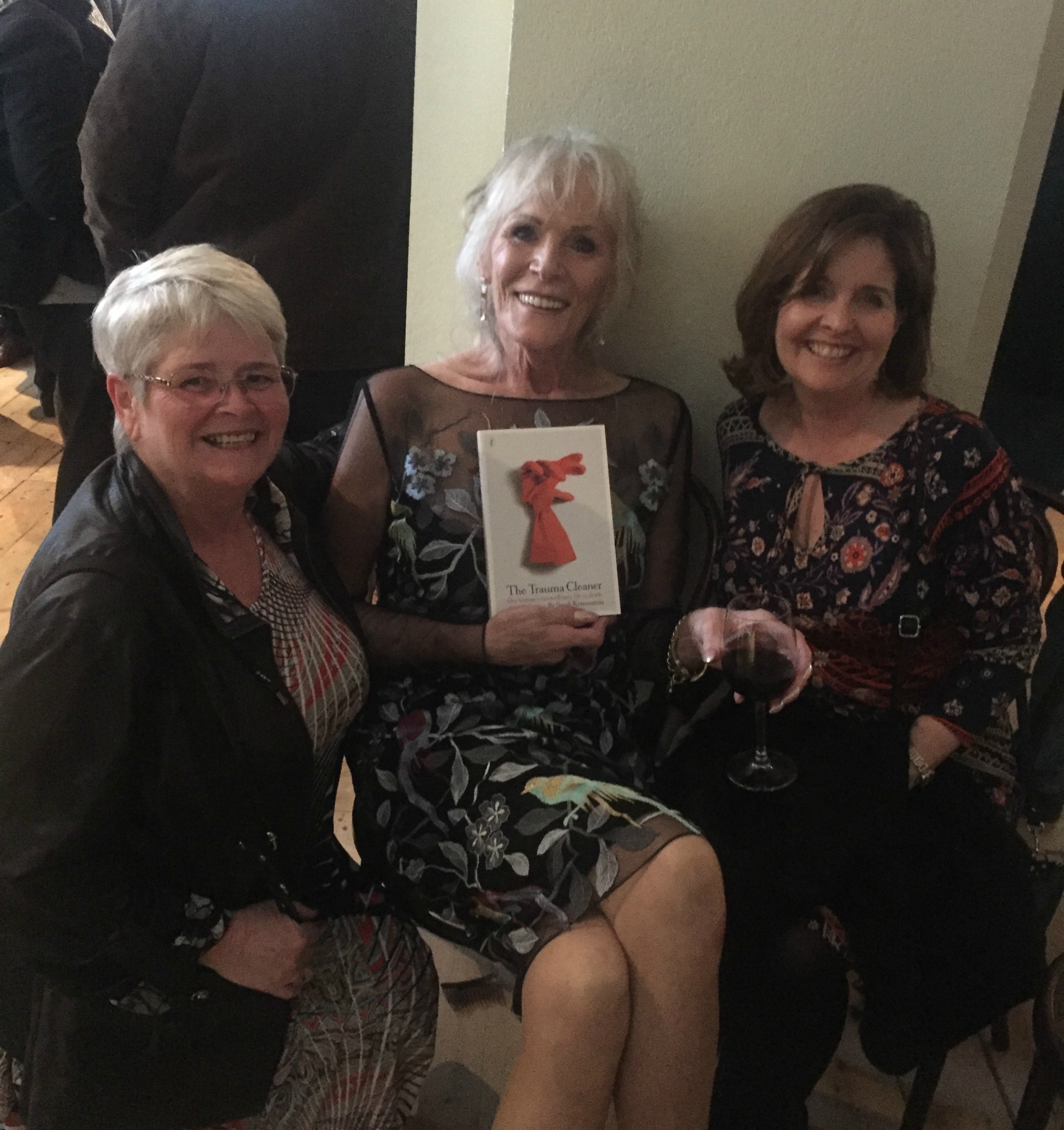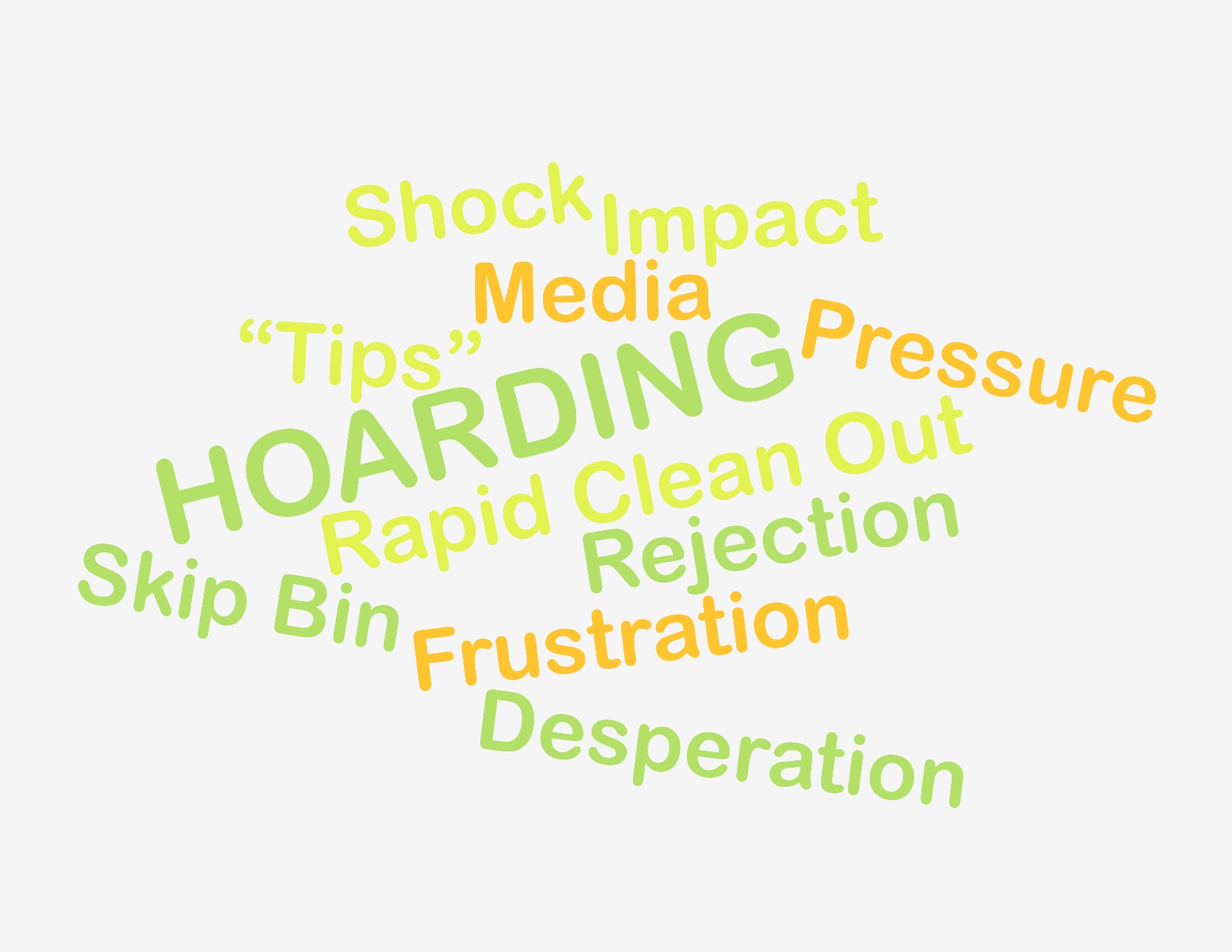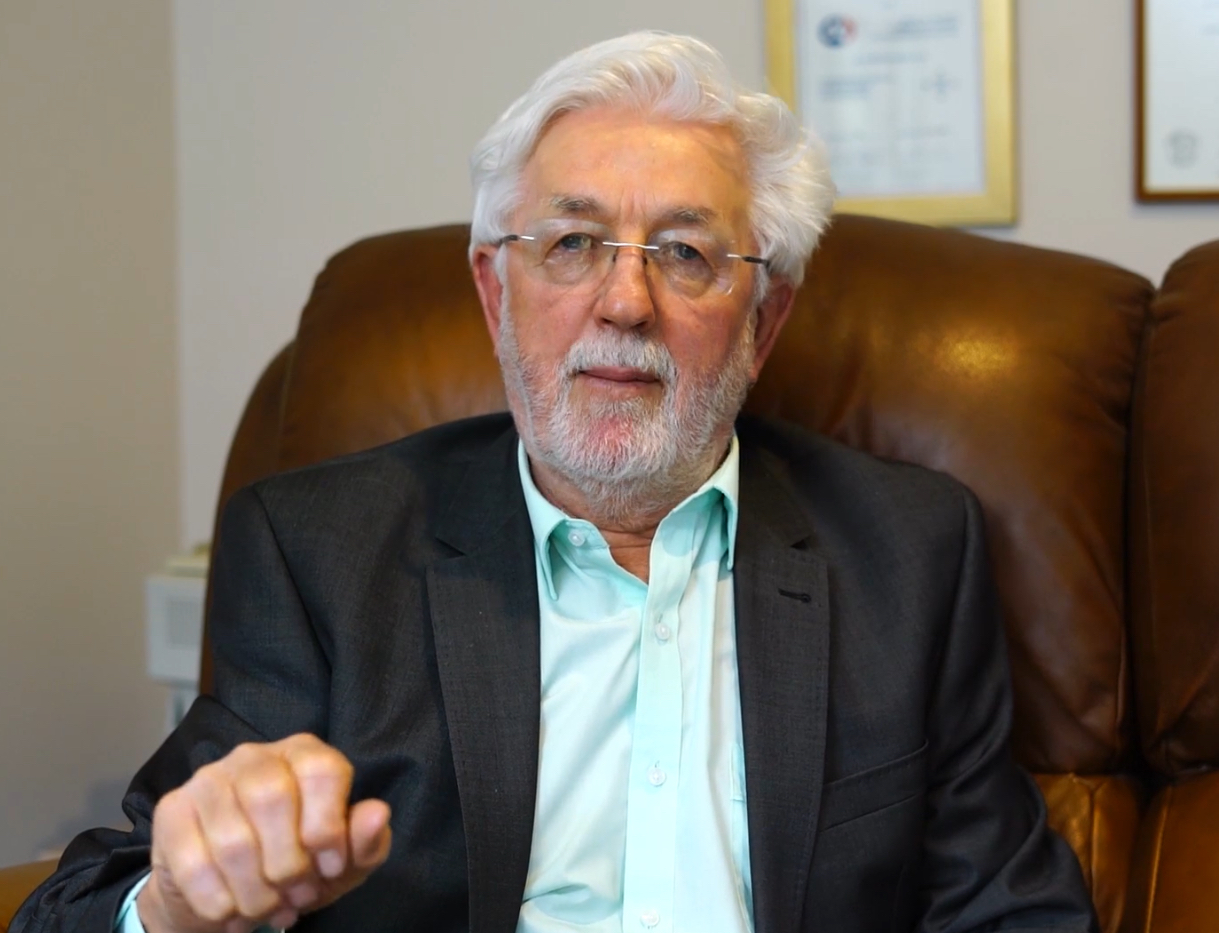Let me tell you a success story…
Recently someone from a remote location called me for advice. Wendy and I often get phone calls and emails from people confronted by a hoarding situation, out of their depth and desperate for some guidance and advice about what to do. It’s one of the many reasons we created our online training and made it relevant and accessible to anyone involved, from family to support workers to service providers.
Along with a group of others, they had volunteered to help a friend move house at short notice. Having never seen the inside of the friend’s home before, they were surprised and confronted to learn about the extreme clutter that lay within. What’s more it became clear that the friend had unrealistic expectations about the timeline for the move, as well as the space available in the new home. I was asked about how to approach both the task and the difficult conversation that lay ahead.
In our brief conversation I was able to offer several resources and suggestions to help make the move go smoothly. The most important message I wanted to convey was about keeping the friend safe once the move was complete. After all the hard work of the difficult conversations, the necessary negotiations about what would have to stay behind, the physical lugging of furniture and treasured belongings out of one house and into the other, it would be a real shame if the friend ended up living in a dangerously cluttered environment.
We spoke about how to have a gentle but firm conversation about limits, boundaries, and expectations. We spoke about local resources like the fire brigade who could encourage a focus on safety. We spoke about the support required after the move was complete. We also spoke about the many free resources on the website and how to use them in this situation.
The Find a Provider directory is a free community resource that connects people needing help with the trained people who can provide that help. There are many providers listed but Australia is a big country and not all remote and regional areas have access to appropriately trained local service providers. Hoarding is not exclusive to big cities. It does not discriminate by location, age, gender, or socio-economic group. It’s estimated that 5% of the population is affected by hoarding. That means in a town of 100 houses, it’s likely that there is at least one hoarded house. Sometimes it’s obvious from the outside that there is extreme clutter on the property. Sometimes it’s not.
The good news is that I received a very welcome text message after the move was done. In part it said, “Thank you again for your kindness and wisdom. We’ve downloaded the fire safety checklist and listened to the webinar. We put boundaries in place and didn’t bring everything – it was impossible.”
I call that a success story.









